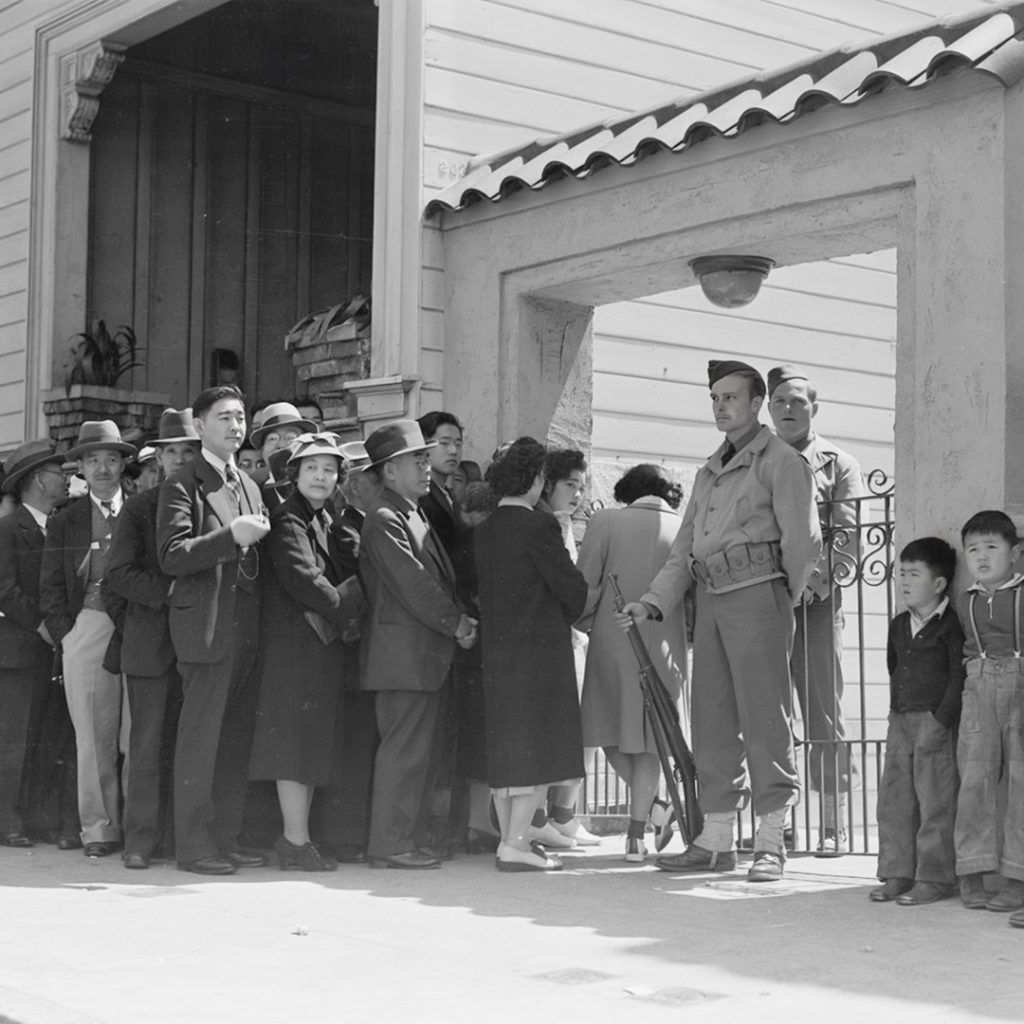America had completed the largest racially motivated forced removal in its history. And called it a success.
June 2, 1942: The U.S. Army announced the “successful completion” of the forced removal of every person of Japanese ancestry from half of the West Coast.
In just under four months, the United States government carried out one of the most sweeping violations of civil rights in its history. By June 2, 1942, the military proudly announced that it had successfully removed every Japanese American from what it called Military Area No. 1 — a zone that included all of Southern California and the western halves of Washington, Oregon, and California.
This wasn’t a military victory. It was a bureaucratic one. A paperwork victory. The trains had run on time. The notices had gone up. The so-called exclusion zones had been cleared of over 110,000 civilians, two-thirds of whom were American citizens.







The announcement came not long after the final groups had been removed from cities like Los Angeles, where entire neighborhoods such as Little Tokyo were emptied in a matter of days. Families had received only six days’ notice or less to leave their homes, sell what they could, and report to designated assembly centers carrying only what they could hold.
And then, the government called it a job well done.
Newspapers at the time echoed the tone, describing the removals as orderly and efficient. Some even praised Japanese Americans for their “cooperation” — ignoring the fact that noncompliance meant arrest and imprisonment.
But the Army wasn’t finished. While Military Area No. 1 had been cleared, the removals soon began in Military Area No. 2, targeting Japanese Americans in the eastern halves of the same states, and parts of Arizona.
The project of incarceration was only just beginning. Manzanar and Poston were open. Tule Lake was being expanded. And new camps were still under construction.
The government called it exclusion. History now calls it what it was: racial removal, under the false banner of national security.
And in their own words, they had completed it successfully.


